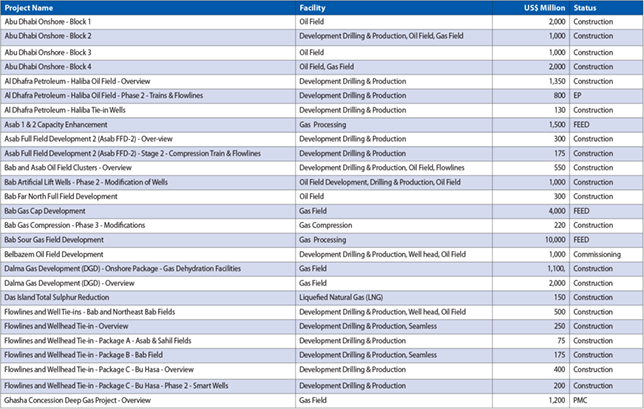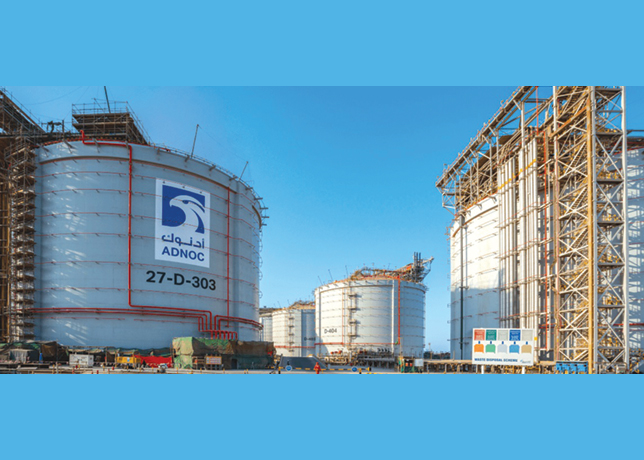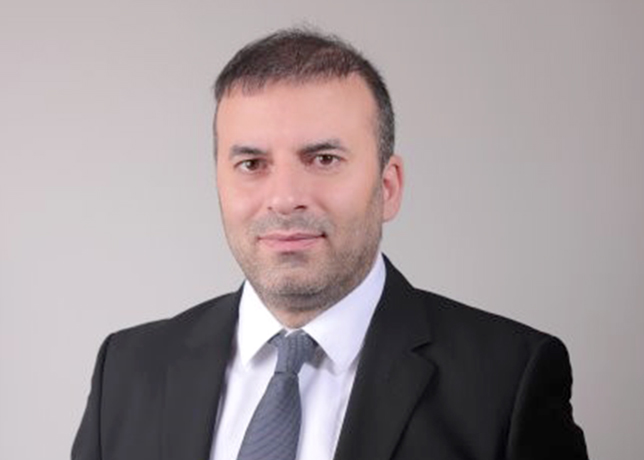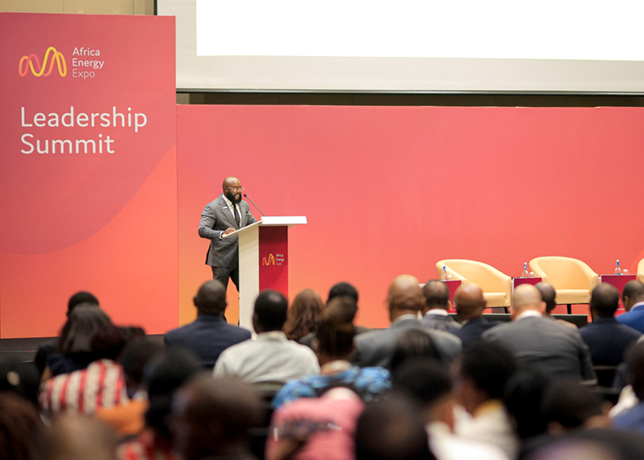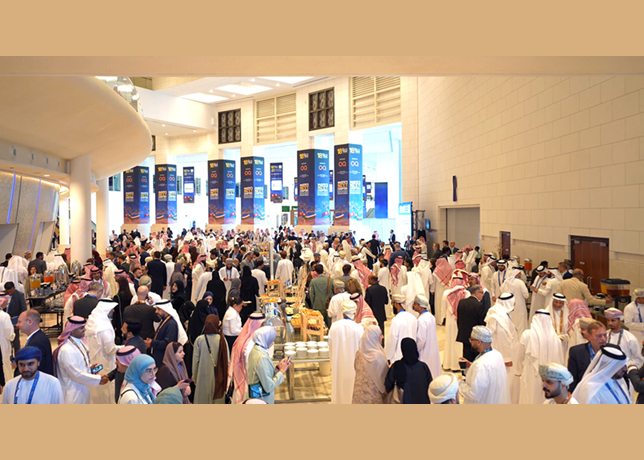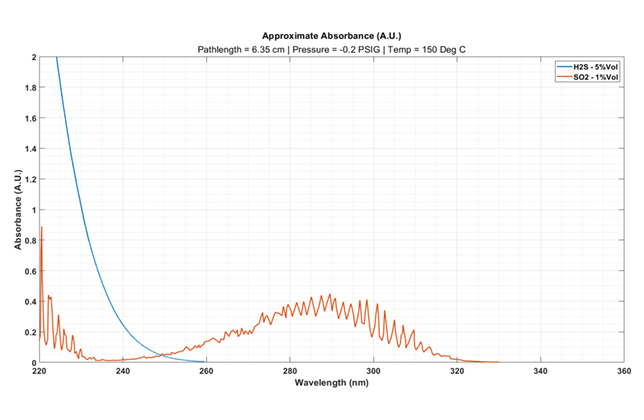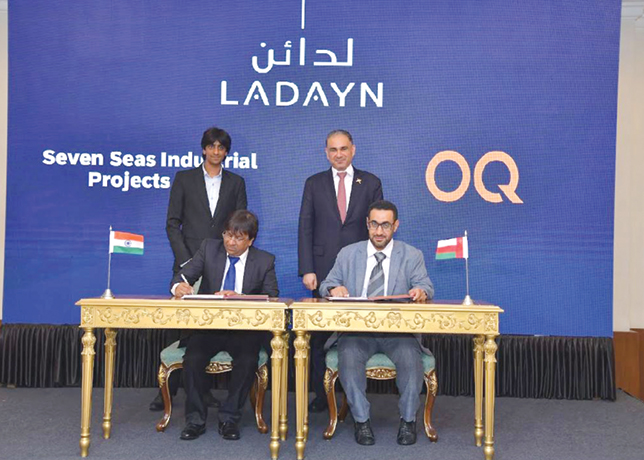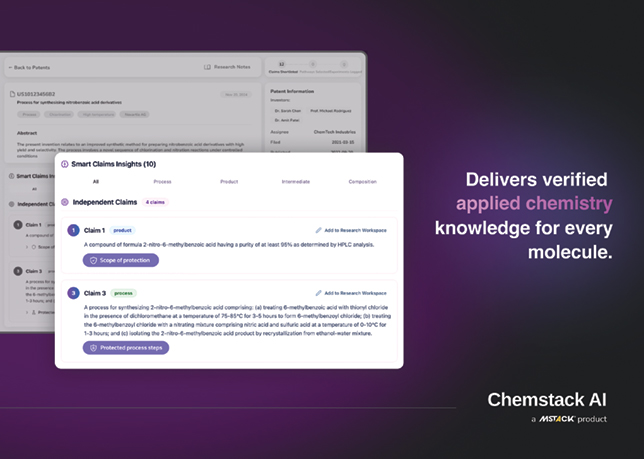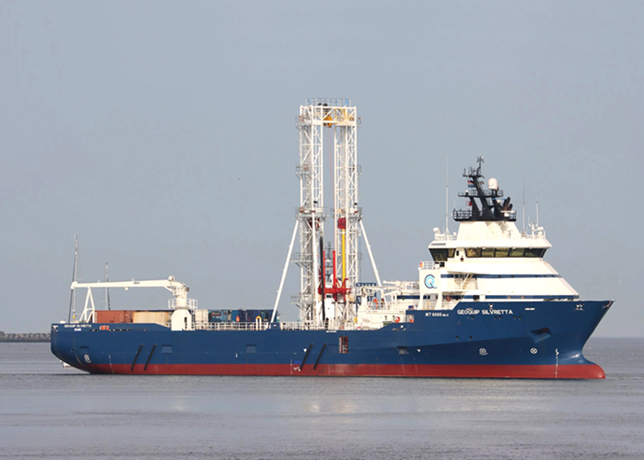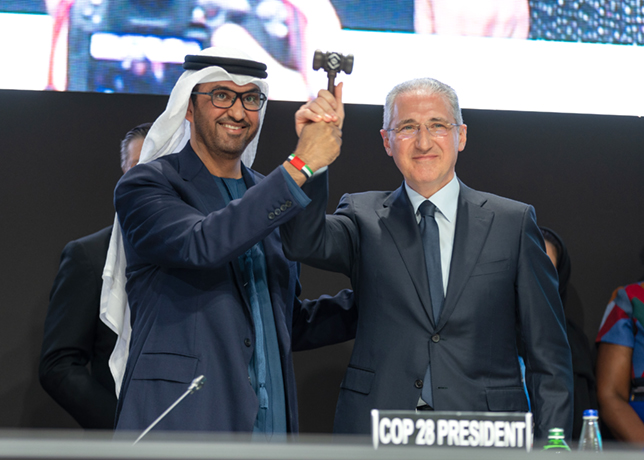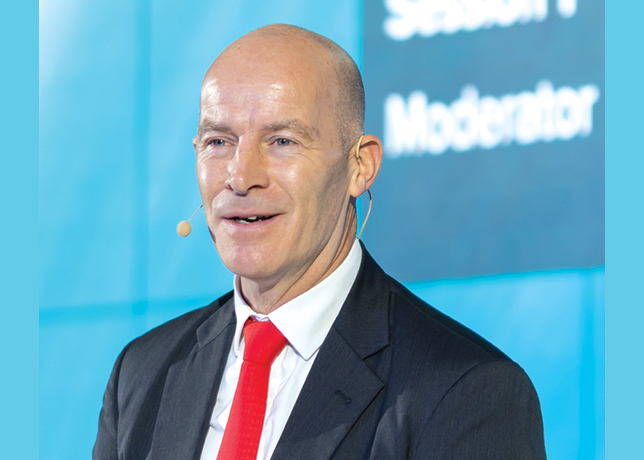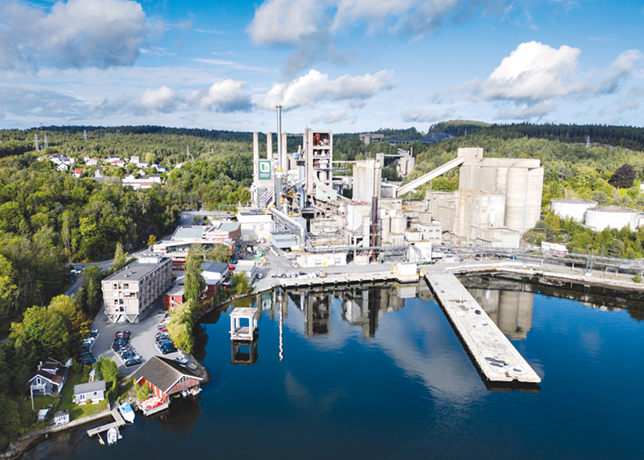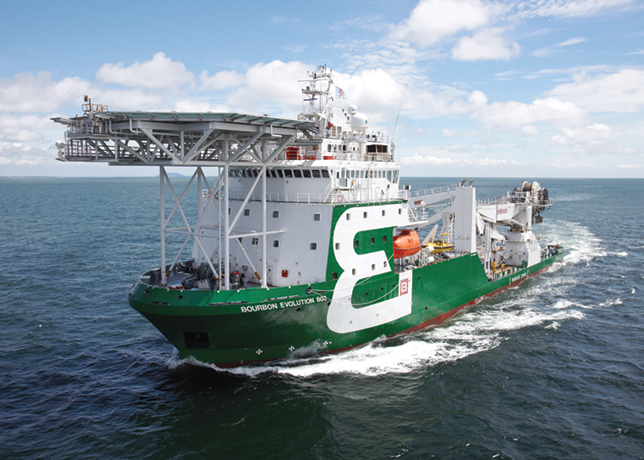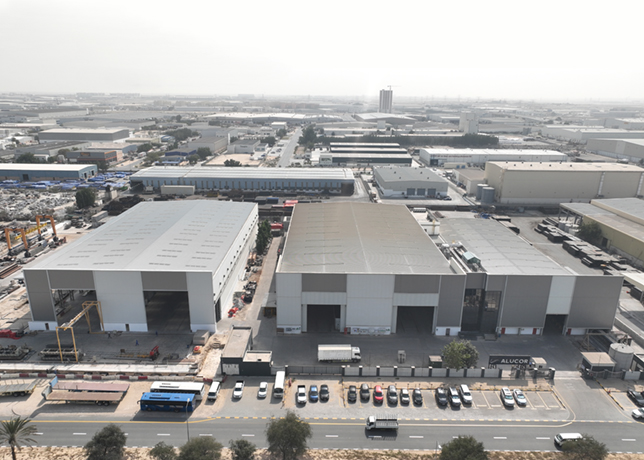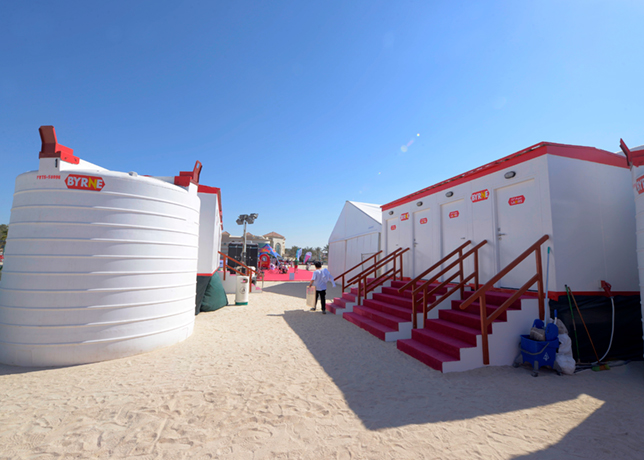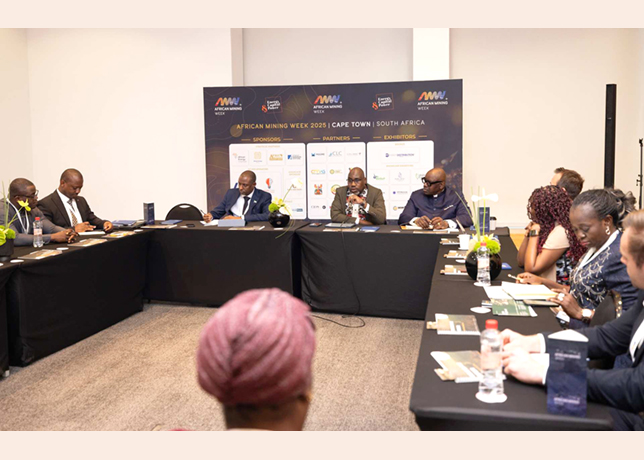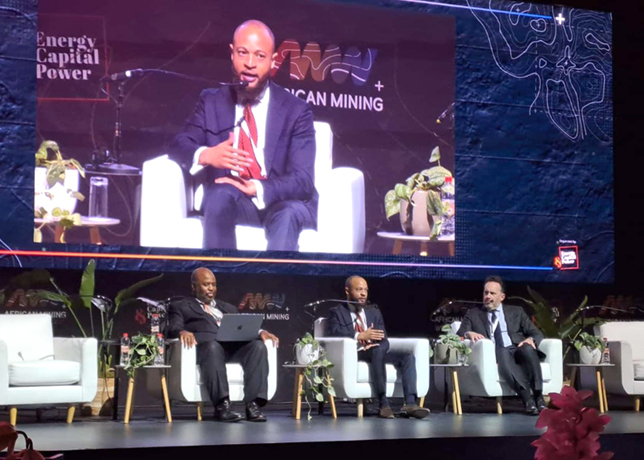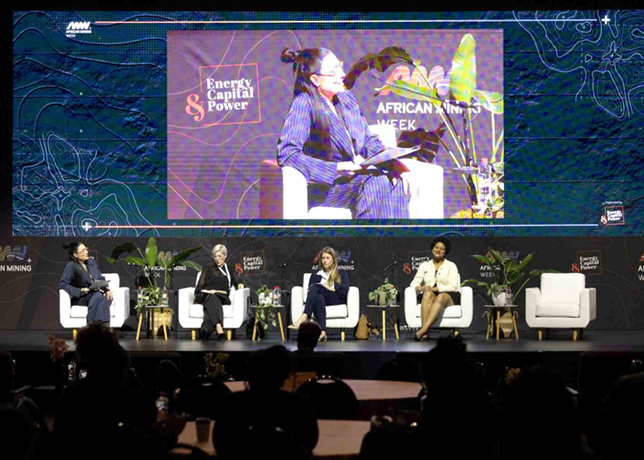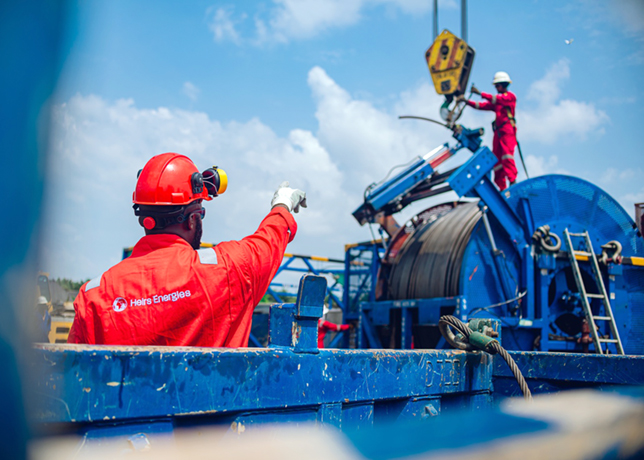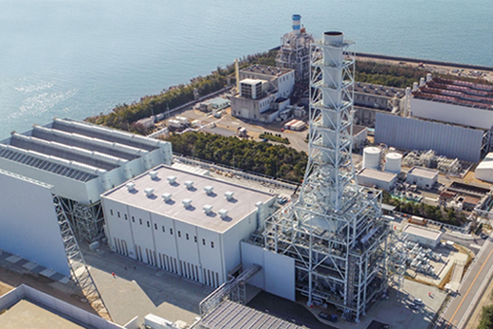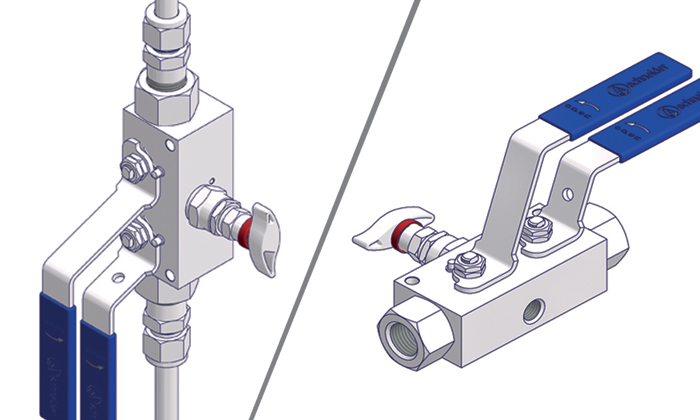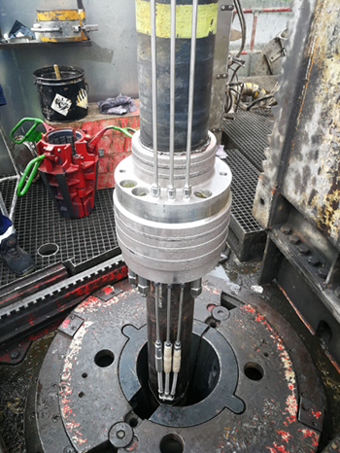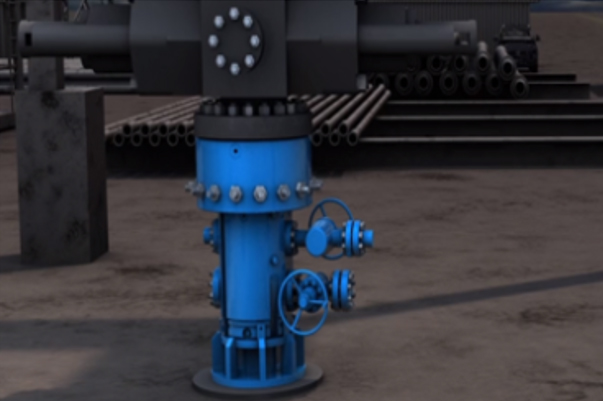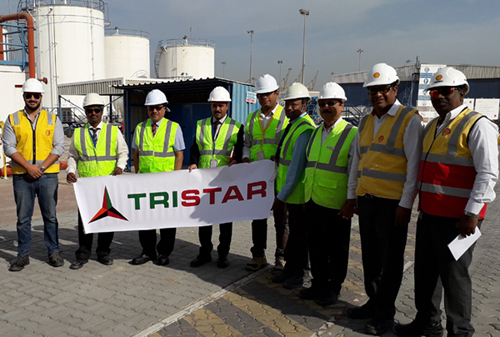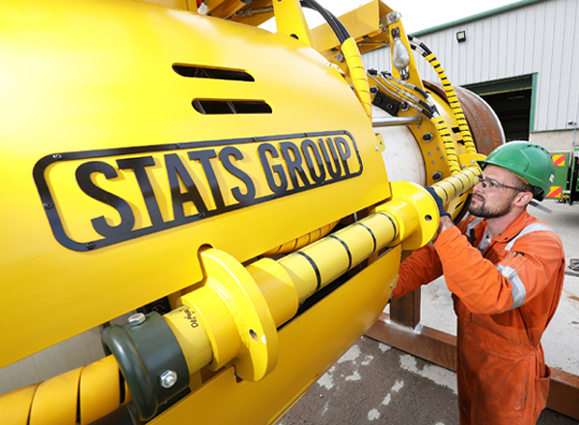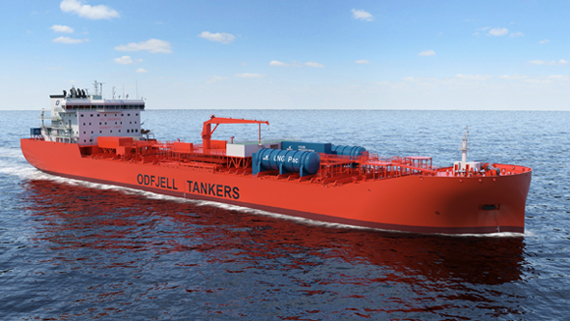
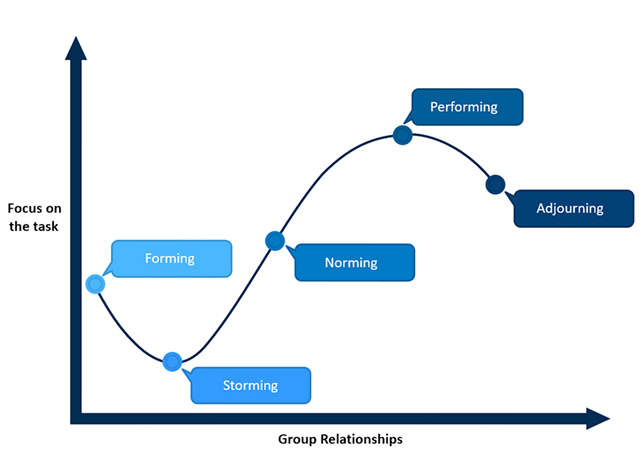 Figure 1 ... performance during each stage of Tuckman’s model
Figure 1 ... performance during each stage of Tuckman’s model
The proposed framework incorporates strategies, such as regular communication, role rotation, and milestone recognition to sustain team performance, Khaled Aljuhany and Safwan Zayed tell OGN
In industries like oil and gas, where projects often span several years and involve intricate coordination across multiple stakeholders, delays are a persistent challenge.
These delays can arise from technical difficulties, supply chain disruptions, regulatory constraints, or unforeseen external factors.
Such disruptions not only affect project timelines and budgets, but also have profound impacts on team dynamics, morale, and overall performance.
In 1965, Bruce Tuckman devised a team development model, which has been widely adopted as a tool for understanding and managing team evolution in project settings.
The model outlines five stages: Forming, storming, norming, performing, and adjourning; each characterised by distinct behavioural and psychological dynamics (Figure 1).
However, despite the model’s widespread use, there is a notable gap in the literature regarding how it applies to projects with extended or uncertain timelines.
 |
Khaled Aljuhani |
Khaled Aljuhany and Safwan Zayed, project managers at Aramco, did a study to address this gap and explored how delays affect team dynamics.
They proposed a modified version of Tuckman’s framework to better suit delayed project contexts.
Using data collected from professionals in the oil and gas industry, they analysed the effects of delays on team dynamics, and proposed a Modified Tuckman Framework to enhance team resilience and performance in such scenarios, which in-turn maintain project team focus on achieving project objectives rather than solving conflicts among team members.
TUCKMAN’S MODEL IN PROJECT MANAGEMENT
In project management, particularly in engineering and construction, Tuckman’s model is a valuable tool for anticipating and managing team behaviour.
Project managers use it to predict team challenges at each stage and plan interventions; design communication strategies to foster collaboration; and identify inflection points where leadership actions can prevent or resolve conflicts.
The model assumes a relatively linear progression, with teams moving sequentially through the stages as the project advances.
However, this assumption is often challenged in real-world projects, particularly those affected by delays.
It is, therefore, essential that project managers adjust and reevaluate the model.
OUTCOMES OF THE ARAMCO STUDY
 |
Safwan Zayed |
Aljuhany and Zayed surveyed nearly two dozen professionals in varying roles within a large oil and gas organisation, and collected both quantitative and qualitative data.
The study showed (Figure 2) the Performing phase to be the most significantly impacted, accounting for 72.2 per cent of the responses, suggesting that delays severely disrupted team productivity and cohesion at this critical stage.
In contrast, the Storming phase was affected in 11.1 per cent of the cases, indicating a moderate level of conflict exacerbation, while the Forming, Norming, and Adjourning phases each received minimal impact, with percentages too small to be distinctly labelled.
This distribution underscores that prolonged delays tend to have the greatest detrimental effect on teams operating at peak performance, likely due to the disruption of established workflows and morale, necessitating targeted leadership interventions to mitigate regression and sustain effectiveness.
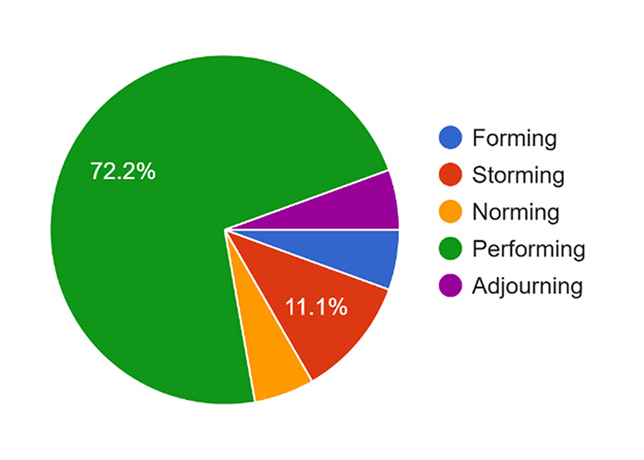 |
Figure 2 ... distribution of teams across Tuckman’s stages during delays |
Aljuhany and Zayed found the most frequently reported challenges affecting the team’s performance (Figure 3).
In the Storming phase, increased tension (63.2 per cent) was the most reported issue, followed by unclear decision making structure (52.6 per cent), intensified personality clashes (36.8 per cent), resistance to leadership or task changes (21.1 per cent), and minimal COVID-related tension (5.3 per cent), pointing to a need for clear communication and conflict resolution.
In the Performing phase, burnout (61.1 per cent) emerged as the top challenge, alongside high pressure to recover lost time (50 per cent), loss of motivation or focus (55.6 per cent), disruption in roles and expectations (22.2 per cent), and negligible health concerns (5.6 per cent), emphasising the importance of leadership in supporting morale and role clarity to sustain productivity during delays.
LEADERSHIP STRATEGIES EMPLOYED
 |
Figure-3 ... impact of delays on Tuckman phases |
The study suggested that leadership interventions were critical in addressing delays, and recommended strategies to sustain team morale during the Performing phase of Tuckman’s model (Figure 4).
It said the most favoured approach is offering performance-based incentives (bonuses, rewards, recognition), selected by 36.8 per cent of respondents, highlighting the value of tangible rewards.
Other notable strategies include implementing flexible work schedules or remote options (21.1 per cent), redistributing responsibilities to reduce pressure (15.8 per cent), adding or rotating team members to improve energy levels (15.8 per cent), releasing and replacing resources (5.3 per cent), and ensuring rewards and recognition are implemented (2.6 per cent), indicating a preference for a mix of motivational and workload management techniques to maintain peak performance during delays.
Finaly, the study made several other suggestions for team management, such as:
• Enhancing communication and defining decision-making protocols to reduce tension and unclear structures.
• Offering performance-based incentives like bonuses or recognition to combat burnout and boost morale.
• Implement flexible work schedules to alleviate pressure and support work-life balance during high-pressure recovery periods.
• Redistribute responsibilities to balance workloads and address disruptions in roles.
• Rotate or add team members to refresh energy and counter motivation loss.
• Release and replace resources when necessary to align the team with project goals.
• Provide wellness check-ins to address minimal health concerns and prevent escalation.
These suggestions underscored the importance of proactive leadership and communication in mitigating the negative effects of delays.
CONCLUSION
Project delays pose significant challenges to team dynamics, often disrupting the linear progression of Tuckman’s stages.
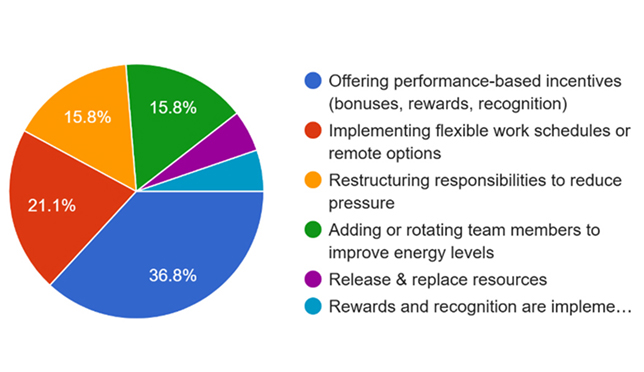 |
Figure 4 ... common strategy suggestions for leadership interventions |
This study highlights the prevalence of regression, prolonged Storming, and reduced morale in delayed oil and gas projects.
The proposed Modified Tuckman Framework offers a practical adaptation of the original model, incorporating strategies such as regular communication, role rotation, and milestone recognition to sustain team performance.
By viewing team development as a cyclical process, project managers can better anticipate and address challenges in delayed projects.
REFERENCES
• Aibinu, A A, & Jagboro, G O (2002). The effects of construction delays on project delivery in Nigerian construction industry. International Journal of Project Management, 20(8), 593–599.
• Assaf, S A, & Al-Hejji, S (2006). Causes of delay in large construction projects. International Journal of Project Management, 24(4), 349–357.
• Flyvbjerg, B, Bruzelius, N, & Rothengatter, W (2003). Megaprojects and Risk: An Anatomy of Ambition. Cambridge University Press.
• Tuckman, B W (1965). Developmental sequence in small groups. Psychological Bulletin, 63(6), 384–399.
• Tuckman, B W, & Jensen, M. A. C. (1977). Stages of small-group development revisited. Group & Organization Studies, 2(4), 419–427.
Khaled Aljuhany is a project management professional at Aramco, and Safwan Zayed is a project engineer at Aramco’s Project Management Office.



